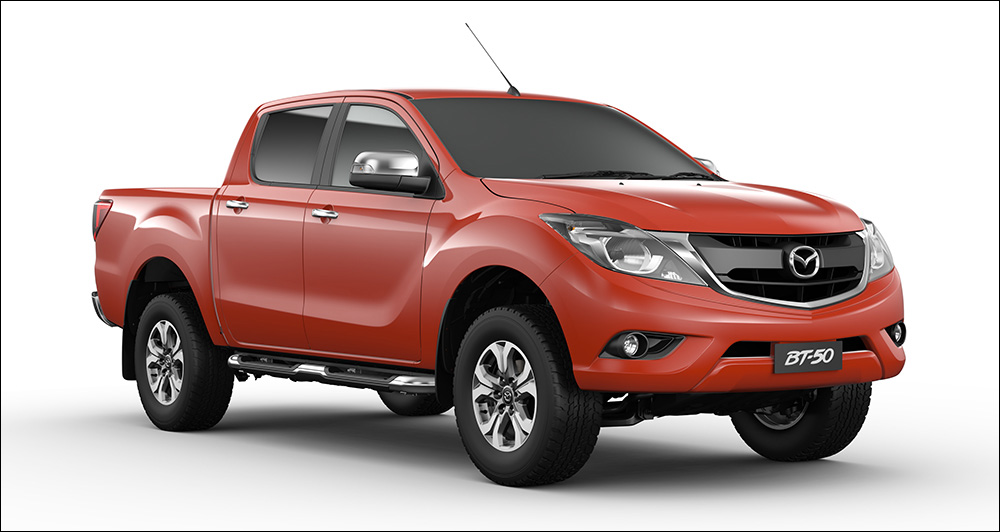
The decision by Ford Philippines last year to launch the 13th-generation F-150 just days away from the reveal of the all-new model was probably influenced by some kind of niche demand for the vehicle. Obviously, North America gets to enjoy the truck’s latest iteration. And now, the Blue Oval has just made the F-150 a little smarter and easier to use by giving it the ability to weigh its own cargo.



The first of these high-tech add-ons is called Onboard Scales. This allows the F-150 to approximate the weight of the cargo being loaded onto its bed. This weight is then displayed on the truck’s infotainment screen or via the FordPass smartphone app. But if you’re too busy to check the dashboard or your device, the taillights can conveniently tell you how heavy your stuff is. Four indicator lights sequentially illuminate as the load gets heavier—much like a phone’s battery gauge. If the F-150 is over its payload limit, these lights will blink.



If you’re towing, Smart Hitch is your best friend. This feature measures the tongue weight, or the pressure exerted by a loaded trailer onto the tow vehicle’s hitch ball. Ideally, tongue weight should be around 10-15% of the gross trailer weight for safe towing. Making use of the infotainment display, the FordPass app or those fancy taillights, Smart Hitch can calculate the tongue weight and guide users regarding the even distribution of payload in order to balance the trailer.

Additionally, the F-150 gets optional adaptive dampers. But unlike systems used by luxury and high-performance cars, Ford’s implementation utilizes a network of high-resolution sensors that continuously scan the road ahead for potholes or uneven surfaces. The shock absorbers then respond by varying the damping rate as required. Users can tune the system’s responsiveness by simply changing drive modes.

The need to give the F-150 the ability to weigh its own cargo is probably spurred by numerous incidents of trucks crashing due to overloading (which is also a problem in the Philippines). The above-mentioned features will be available to US customers starting in June. And if Ford Philippines does bring in the 14th-generation F-150, we hope that it will at least come with these aids.











Comments